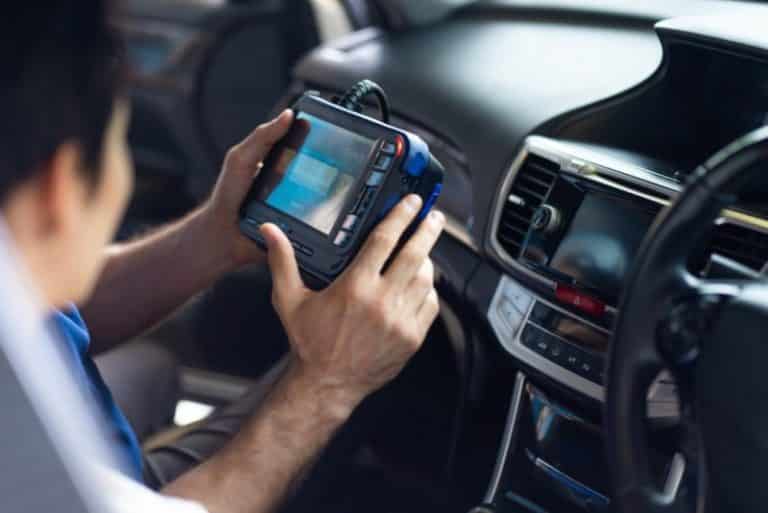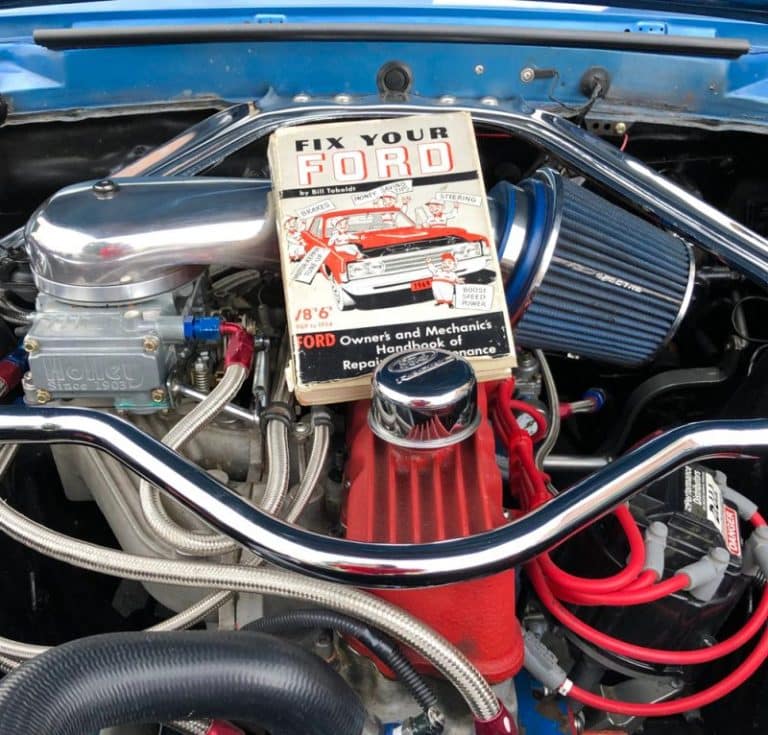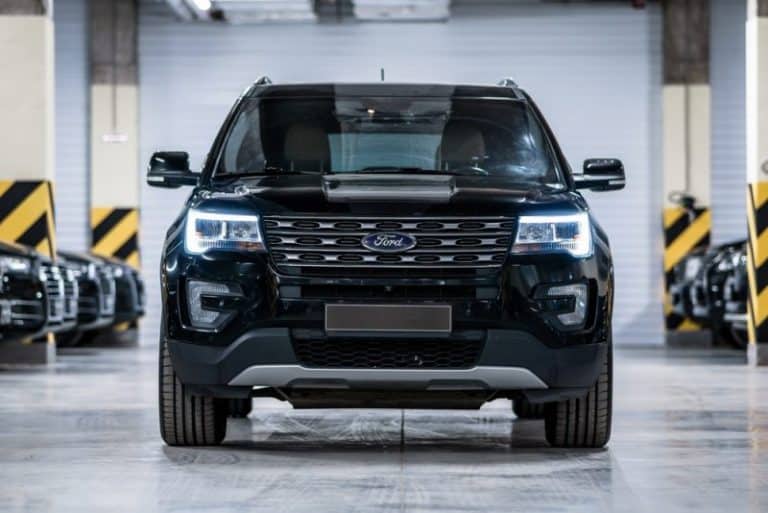Ford Auto Locking Hubs Vs Manual? (Things To Note)
Ford trucks are a special kind of automobile. The ease of driving off-roads and its ability to climb steep hills; are some of the things that endear Ford trucks to off-road users.
When your system possesses these attributes, one component is sure to be on the list. These components are the locking hubs.
They are of two types. The Auto-locking hub and Manual lock hub. What do you need to know about both kinds of locking hubs?
Ford trucks have two types in different trucks. The newer models have the automatic version as standard equipment. On the other hand, manual hubs are found mainly on older models. The good news is that you can change from one type of lock hub to the other, depending on which you prefer.
What are Locking Hubs?
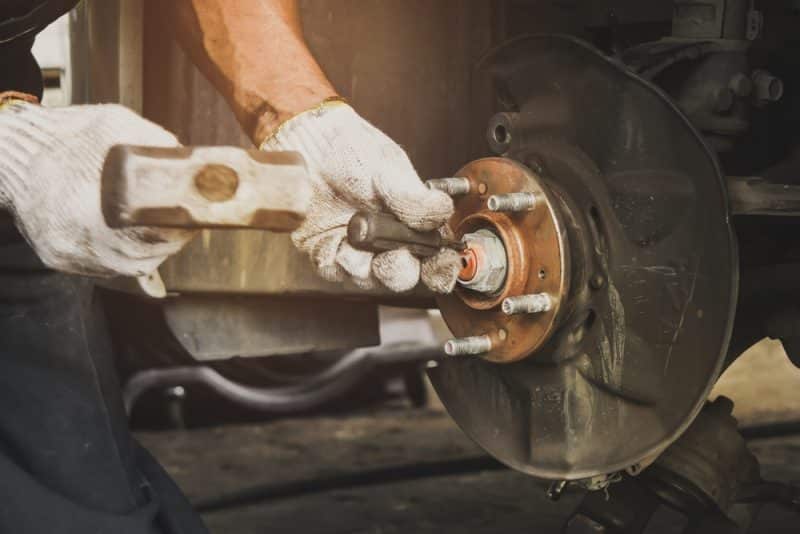
You can find locking hubs on your vehicle’s front wheel. Their job is to centralize control, driving power, and torque.
The system does it by engaging the half shaft of the front axle. The axle is on the front wheel. They also disengage it when it becomes necessary.
The front wheels and the locking differentials lock when it engages the half shaft. As a result, the wheels become a unit, and equal torque goes to all the wheels.
Once the lock system is on, your car becomes an AWD or a 4WD. When it is open or unlocked, your vehicle is like any other 2WD on the road.
Because a 2WD will serve you no purpose off the road, you can say the locking hubs are what make your Ford trucks the off-road expert.
Locking hubs determine if you are driving on just 2WD or the powerful AWD.
There are two types of locking hubs available to Ford SUV users. Their mode of operation is the basis for this grouping.
Let’s discuss these options.
#1. Ford Automatic Locking Hubs
Ford Auto-lock hubs allow you to switch between the two-wheel drive system available on your car. The impressive thing is that you get to do it all in your vehicle.
All you need to do is change the transfer case stick-shift. Then, you can move it to 4WL (low) or 4WH (high).
Some automatic locking hubs have push buttons where you switch front locked to open hubs.
There are different types of auto-locking hubs. However, you can only lock the shaft for older models while the car is stationary.
To ensure that the auto-locking hubs are functional, you need to reverse for a short distance.
The latest advancements in this component mean that you can now lock and engage this feature without stopping the car.
This design is the latest. So you can continue on your journey seamlessly while you engage the lock.
If you are not sure of the design type of your particular vehicle, then playing it safe might be your best option.
However, simple research in your manual would enlighten you on the status of your locking hub. Still, it is better to use the feature irrespective of the design when not moving.
Ford Auto-lock hubs have been the standard equipment for many trucks. The company introduced this option in the late 1980s.
The system has seen improvements over the years to ensure its reliability.
#2. Pros of Automatic Locking Hubs
Automatic engagement ensures a smooth journey. You continue driving while you make the switch for some models.
Also, you do not need to come out of your car to engage the locks. One will appreciate this point in unfavorable conditions.
Unfavorable conditions could be the weather or when your wheel is already in a ditch.
#3. Cons of Automatic Locking Hubs
Like anything that relies on electronic functioning, the auto-lock hubs are prone to malfunctioning. There is just no guarantee that it will work when you require its services.
The mechanism is a delicate one. Worn-out parts, dust, or rust can set something off, and the whole system fails to function when this happens.
Ford Manual Locking Hubs
In the manual locking hub setting, you have an actuator. It requires the driver to come out and turn it manually on the wheel.
Turning the actuator clockwise disengages the lock hubs for most Ford truck models and sets the front wheel free. Anticlockwise movement locks the wheel and puts it to 4WD.
You have to stop the car before turning the feature on or off. This condition helps solve the confusion around the stationary switch model, as seen in auto versions.
In addition, this configuration type makes the operation module straightforward.
#1. Pros of Manual Locking Hubs
They are termed “rugged” by many off-road users because it is less prone to malfunctions.
Maintenance is less frequent when using manual locking hubs.
Fuel economy is one major reason why a manual locking hub is a choice for many. In addition, the system makes use of fewer parts.
#2. Cons of Manual Locking Hubs
You can’t set off or set on the feature just by sitting in your vehicle. This option becomes difficult if your wheel is deep in the dirt or if the weather condition is not favorable.
The hub also sticks out of the wheel, making it susceptible to damage, especially when driving off the road.
Identifying Faulty Lock Hubs
Regular checks can be the difference between a malfunctioning hub or a reliable one. It is better to know if your cars are in good working condition before taking your journey.
You can do this without much expertise.
Before checking the auto-lock hub, your vehicle transmission should be in park settings. You should also set the parking brake.
The front pair is your wheel of interest. Next is to raise one of the wheels independently of the other. Next, use a jack and raise the chassis.
If the feature is disabled, the front wheel should turn freely. The turning is independent of the axle position.
The axle should also move in the wheel direction if the feature is enabled.
If that doesn’t happen, or if both components move together when they should not, you know you need the services of an expert.
What Kind of Hub are Better?
Many ask this question when looking to make a replacement during maintenance. Do I stick to my existing type or make the switch?
Well, the answer depends on the kind of roads you frequently travel.
Most off-road users prefer the manual version hub. However, many automobile experts also claim that this version is better.
Reliability is the main reason why this should be your preferred option.
You can rest assured that your car is engaged or disengaged and that gives you the freedom to ply rough terrains as much as you want.
Manual hubs do not need frequent maintenance, and they continue to work in rugged conditions.
So you can remain on rough roads for days without any problem with your locking hubs.
The pros and cons of both types also help you decide on your option.
Switching From Automatic to Manual Locking Hubs
It is possible to change the locking hub in your vehicle.
You can always do that if you want to change the hubs based on preference or maintenance issues. In addition, there are several aftermarket options available to you.
Note that it is easier to change from automatic to manual locking hubs. That is because they have fewer moving parts compared to automatic ones.
However, both scenarios are possible. It all depends on your choice.
Symptoms of Faulty Lock Hub
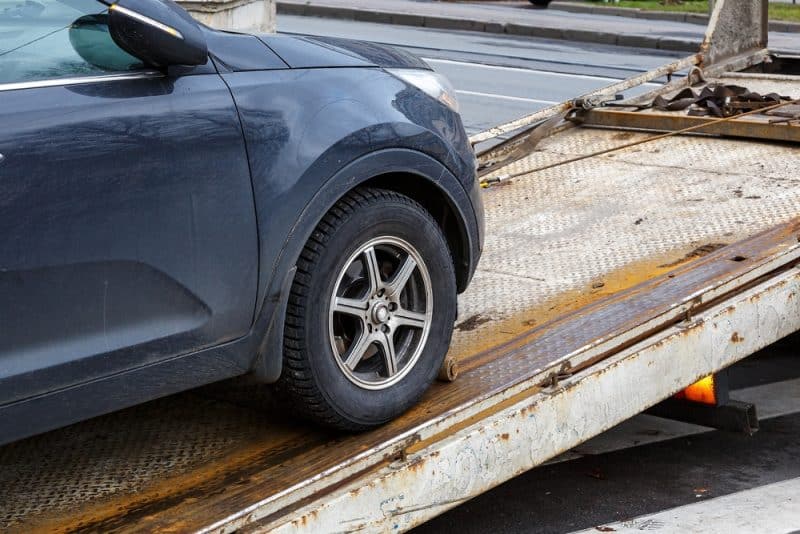
When driving and the locking hubs are engaged or in the process of engaging your auto-locking hubs, you might experience some issues.
These are signals that draw your attention to your locking hub system.
These includes:
- Increased noise when you are making a turn
- Distinctive sound and noise when in motion.
- You experience reduced control when steering the vehicle.
- Vibrating sensation from the wheels.
Note that these signs do not automatically indicate that the issue is with the locking hubs. Other vehicle components can give similar or identical signals.
However, it is essential to check out the locking hub mechanism if it is functional. If you can’t do this at home, you can seek professionals’ aid.
Maintenance
If you are a regular off-road driver, chances are you will always be on 4WD. However, it would be best if you switched to 2WD once in a while to lubricate these components of the car.
If you use only the two-wheel drive, it is crucial to switch to 4WD to ensure lubrication to the necessary parts.
However, do not use 4WD on normal roads. It makes driving and control difficult. It also wears out the tires quickly.
Final Thoughts
Off-road users prefer Ford trucks’ manual locking hubs to the automatic version. However, you can choose based on your preference.
You can also switch the types if your need should change. So continue to enjoy your Ford truck as you ensure the locking hubs are in optimal condition.

